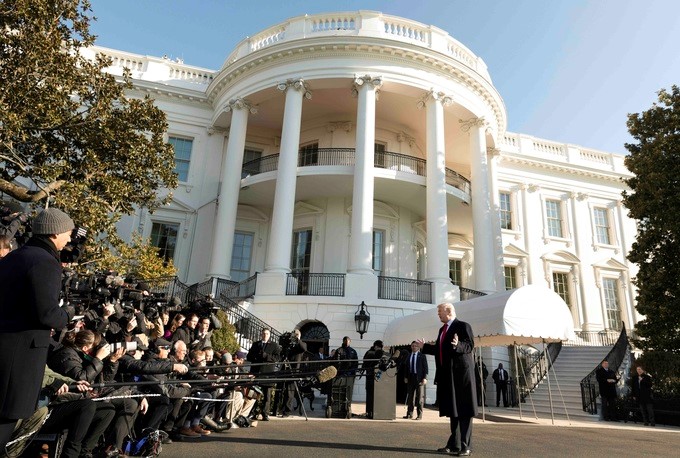U.S. Refugee Program Cuts Leaves Asylum Seekers’ Fate Up in The Air
With more than 70 million people around the world being forced out of their homes due to violence and persecution, the number of refugees seeking asylum is at an all-time high. Meanwhile, United States President Donald Trump’s war on refugees and immigration rages on, creating a ripple effect being felt across the globe.
Once the world leader in refugee resettlement, for the past two years, the Trump administration has overseen the lowest refugee admission rates since the U.S. Refugee Admissions Program was created in 1980.
According to a recent article published by the Guardian, the U.S. has admitted just 14,808 refugees since October 2018. And despite the ceiling being set at 30,000 people, the country is forecasted to accept just 22,000 before the end of the fiscal year. Only 22,491 were admitted during the 2018 fiscal year.
The U.S. has traditionally welcomed the world’s most vulnerable refugees seeking asylum. In fact, during the final fiscal year of former president Barack Obama’s presidency, the U.S. took in about 85,000 refugees –more than four times than the Trump administration has let in.
However, attitudes towards immigration and refugees changed when President Trump took office and overhauled the country’s immigration system and refugee program. The controversial changes began with an executive order during his first week in office. Trump not only suspended refugee admissions, but blocked refugees from several predominantly Muslim countries and cut the admissions ceiling by more than half.
These changes resulted in refugee numbers plummeting to the point where resettlement centers have closed several offices across the nation. Allowing fewer refugees also means more families will remain separated due to the fact that one of the key roles of resettlement is family reunification.
Another outcome of Trump’s anti-immigration stance is the domino effect it has created in other parts of the world. The U.S.’ shrinking numbers have meant more countries are able to justify accepting fewer refugees. So much so that the number of resettlement places available has decreased by 54% since Trump was elected.
Canada, however, appears to be the exception to this concerning trend, as the country has remained consistent in its acceptance of newcomers, recently letting in the largest influx of immigrants in more than a century.
According to Statistics Canada, the country welcomed over 300,000 immigrants in 2018, which is the largest number since 1913. The same year, Canada resettled over 5,000 more refugees than the U.S.
By not following Canada’s lead, the number of refugees accepted into the U.S. is likely to dip even further, hindering tens of thousands of people from escaping refugee camps and reuniting with family members that have already been resettled.
Share this article
Arghavan Gerami
Arghavan Gerami is the Founder and Senior Counsel at Gerami Law Professional Corporation ('PC'), a full-service immigration law firm in Ottawa, Ontario. Since 2011, Ms. Gerami has focused her practice on immigration and refugee litigation. Prior to that, Ms. Gerami worked at the Ministry of Attorney General and the Department of Justice and had the privilege of serving the Honourable Mr. Justice M. Evans at the Federal Court of Appeal on immigration and administrative law appeals. Ms. Gerami contributes to the Immigration Law Section of the Canadian Bar Association, the Canadian Association of Refugee Lawyers, and the United Nations High Commissioner for Refugees. Ms. Gerami has also published numerous journal articles and presented at various immigration and refugee law conferences and events across Canada.

